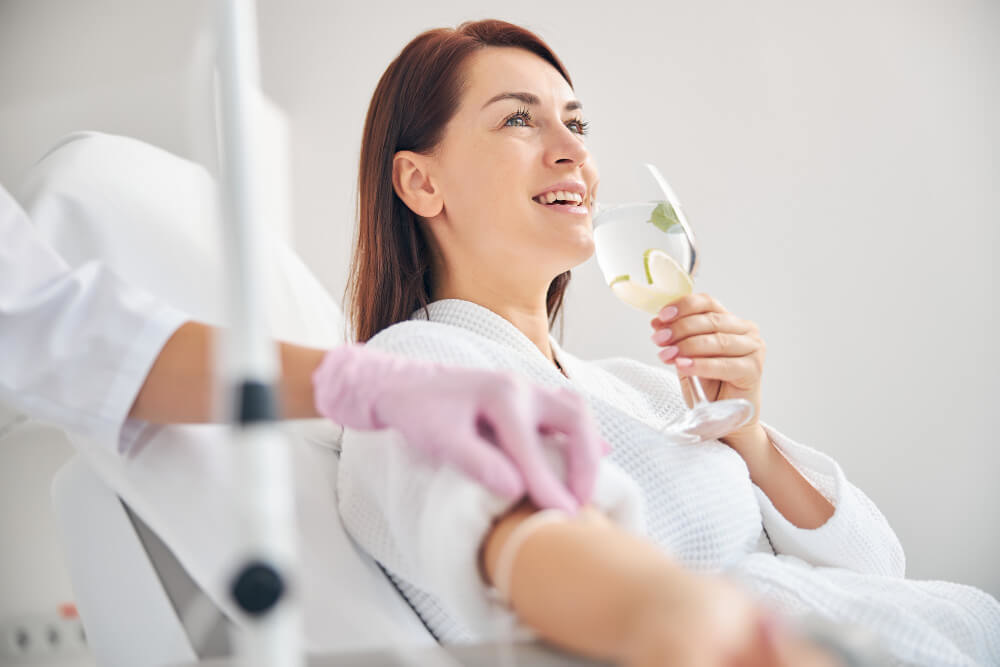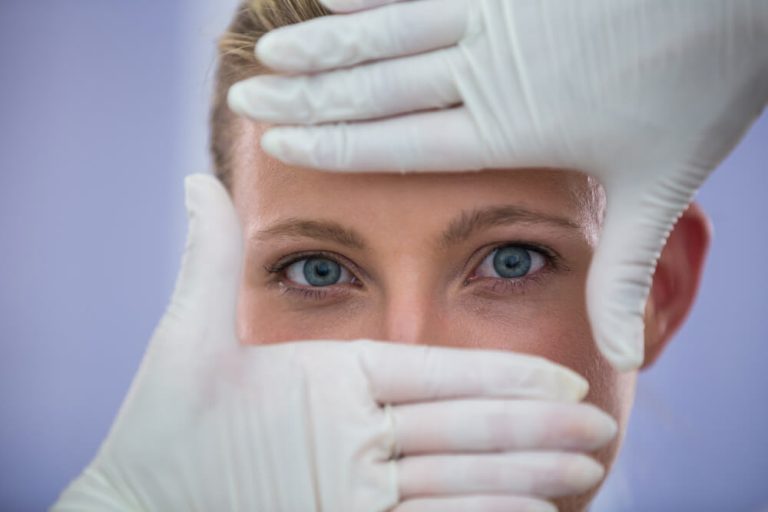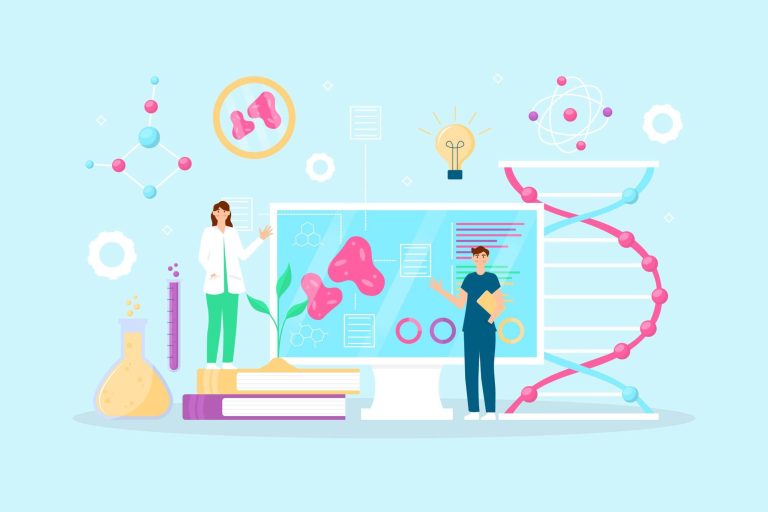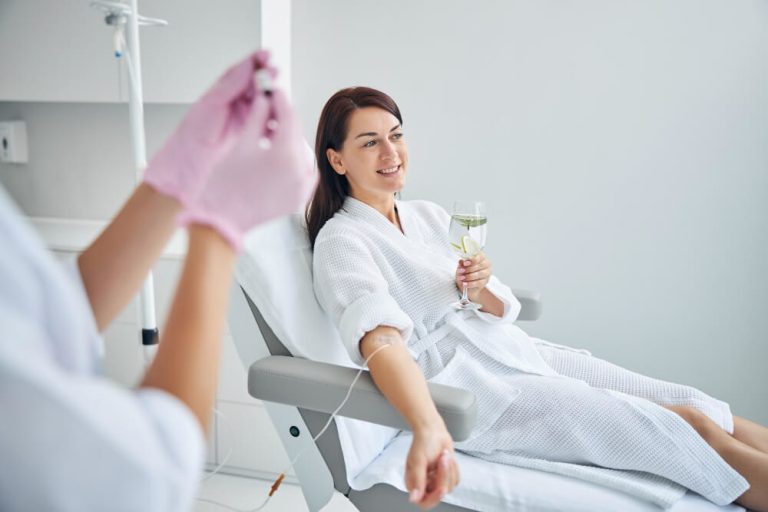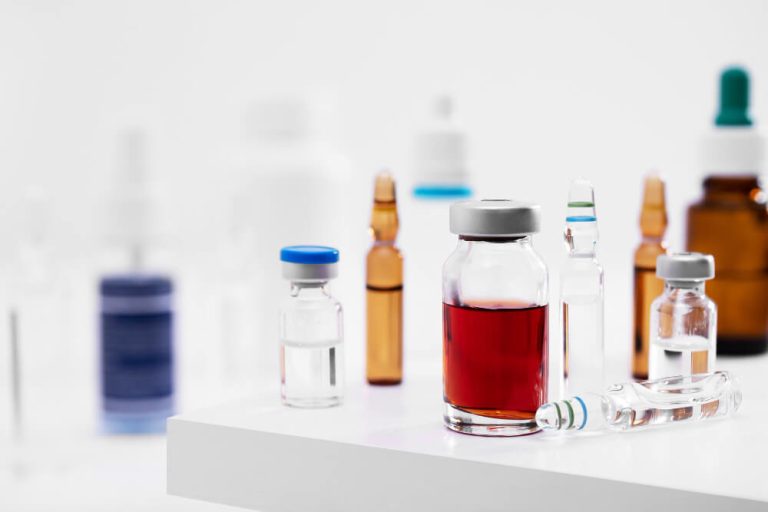Andropause Training: How to Fight Fatigue, Build Muscle, and Reclaim Your Prime
Many men hit their 40s and 50s and feel like they’ve run into a wall. The energy that once seemed limitless begins to wane, replaced by a persistent fatigue. Workouts feel harder, recovery takes longer, and the reflection in the mirror might show a softer, less defined version of the man you used to be. This frustrating collection of symptoms is often chalked up to just ‘getting older’, but there’s a specific biological process at play known as andropause.
Andropause, sometimes called ‘male menopause’, is a natural phase of life characterized by a gradual decline in key hormones, most notably testosterone. This hormonal shift can trigger a cascade of unwelcome changes affecting your physical strength, mental clarity, and overall sense of vitality. The good news is that you are not powerless against these changes. You can actively fight back, and one of the most powerful weapons in your arsenal is a targeted approach to fitness and lifestyle.
This guide is dedicated to exploring how a smart strategy of Andropause training can help you navigate this transition, not just to survive it, but to thrive. By understanding what’s happening in your body and how to respond, you can reclaim your energy, rebuild your strength, and redefine what it means to age well. It’s about taking control and rewriting the script for your middle years and beyond.
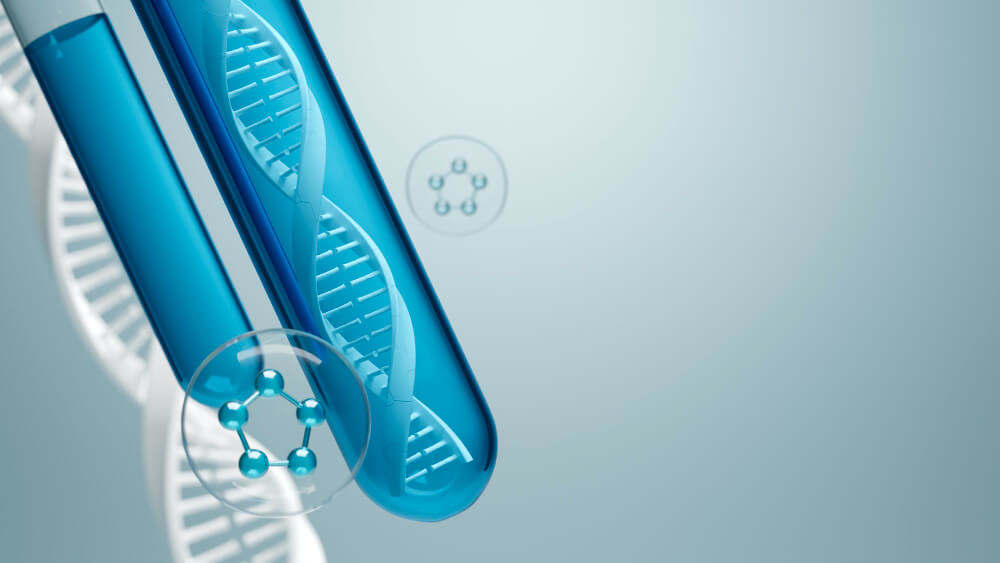
What Exactly is Andropause?
Unlike female menopause, which involves a relatively rapid drop in hormones, andropause is a much more gradual process. Starting around age 30, a man’s testosterone levels can begin to decline by about one percent per year. For many, the effects of this slow decline don’t become noticeable until they reach their late 40s or 50s, when the cumulative loss starts to impact daily life.
This drop in testosterone is the primary driver behind the symptoms of andropause. These can vary widely from man to man but often include a frustrating combination of physical, mental, and emotional changes. Recognizing these signs is the first step toward addressing them effectively.
Common symptoms include persistent fatigue and low energy levels, a noticeable loss of muscle mass and strength, and an increase in body fat, particularly around the abdomen. Many men also experience a decreased libido, mood swings or irritability, difficulty concentrating or ‘brain fog’, and even sleep disturbances. These aren’t just minor annoyances; they can significantly diminish your quality of life.
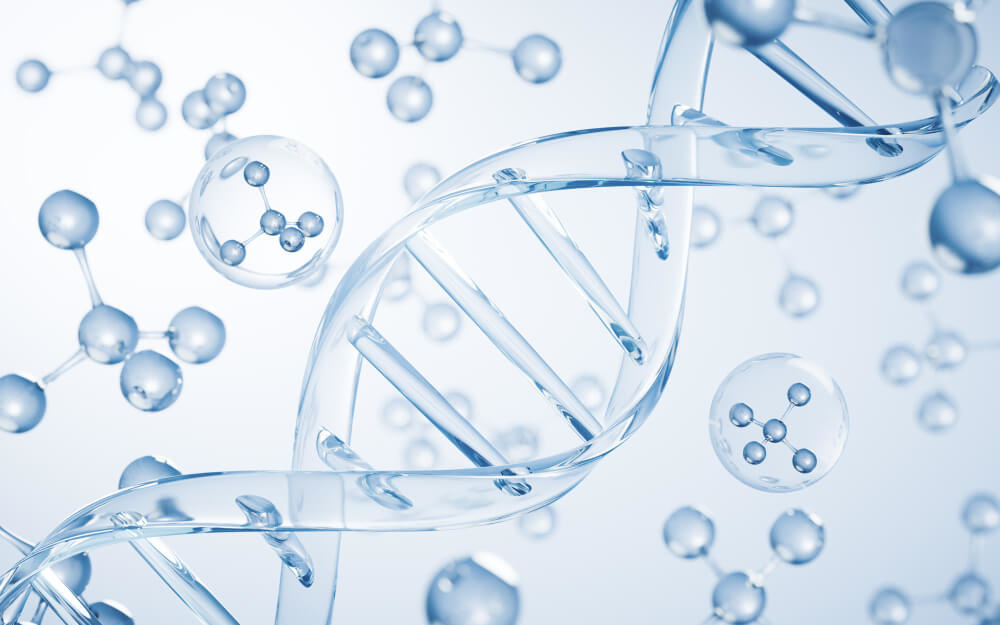
Why is Exercise the Cornerstone of Managing Andropause?
While you can’t stop the aging process, you can profoundly influence how it affects you. Exercise stands out as the single most effective non-medical intervention for combating the symptoms of andropause. It acts as a natural hormonal optimizer, a potent mood booster, and a powerful tool for reshaping your body composition.
When you engage in specific types of physical activity, you send powerful signals to your body. These signals can help stimulate the production of anabolic hormones like testosterone and growth hormone, which are crucial for building and maintaining muscle. At the same time, exercise helps manage cortisol, the body’s primary stress hormone. Chronically high cortisol levels can suppress testosterone production, so keeping it in check is vital for hormonal balance.
Beyond hormones, the benefits are extensive. Regular training improves insulin sensitivity, which helps your body manage blood sugar and store less fat. It strengthens your cardiovascular system, reducing the risk of heart disease. Furthermore, it has been proven to enhance mood by releasing endorphins, improve sleep quality, and boost cognitive function, directly counteracting the fatigue and brain fog associated with andropause.

What is the Most Important Type of Exercise for Andropause?
If you could only choose one form of exercise to combat the effects of andropause, it should be resistance training. Also known as strength training, this type of exercise involves working your muscles against an opposing force, whether from free weights, machines, resistance bands, or your own body weight. Its benefits are perfectly aligned with the challenges men face during this life stage.
The most significant issue many men face is sarcopenia, the age-related loss of muscle mass. Resistance training is the most effective way to halt and even reverse this process. By stimulating your muscle fibers, you trigger a repair and growth cycle that increases both the size and strength of your muscles. More muscle mass translates directly to a higher resting metabolism, meaning you burn more calories throughout the day, even at rest. This makes it easier to manage your weight and reduce stubborn body fat.
Strength training also places a healthy stress on your bones, signaling them to increase their density. This is crucial for preventing osteoporosis, a condition that makes bones brittle and more susceptible to fractures. A well-structured resistance program provides a comprehensive defense against the physical decline of andropause.

How Does Strength Training Specifically Impact Testosterone?
Certain types of resistance training are particularly effective at creating a favorable hormonal environment. Research consistently shows that workouts involving large muscle groups and challenging weights can lead to a short-term spike in testosterone levels. The key is to focus on intensity and compound movements.
Compound exercises are movements that engage multiple joints and muscle groups simultaneously. Think of foundational lifts like squats, deadlifts, bench presses, and overhead presses. These exercises recruit a large amount of muscle mass, demanding more from your body and provoking a stronger hormonal response compared to isolation exercises like bicep curls. To learn more about the connection, it’s helpful to understand the science behind exercise and testosterone.
Your training intensity matters. You need to lift a weight that is challenging enough to complete a set number of repetitions, typically in the 8-12 rep range, while maintaining good form. Pushing your muscles close to fatigue is what sends the powerful signal for them to adapt and grow stronger. This type of training is a core component of many programs designed to combat low testosterone. For a more detailed look at specific workouts, a low-T workout plan can offer visual guidance and routines tailored to this goal.

What About Cardiovascular Exercise?
While resistance training is king, cardiovascular exercise remains a vital prince in your andropause management plan. A healthy heart is the engine that powers your entire body, and cardio is the best way to keep that engine running smoothly. It helps manage weight, improves endurance, and significantly reduces the risk of cardiovascular disease, which rises with age.
There are two main approaches to cardio, and a balanced plan should ideally include both. The first is Low-Intensity Steady-State (LISS) cardio. This involves activities like brisk walking, jogging, cycling, or swimming at a moderate, sustainable pace for 30 minutes or more. LISS is excellent for building an aerobic base, aiding in recovery from strength workouts, and managing stress without overtaxing your system.
The second approach is High-Intensity Interval Training (HIIT). HIIT involves short, all-out bursts of intense exercise followed by brief recovery periods. For example, sprinting for 30 seconds and then walking for 60 seconds, repeated for 15-20 minutes. HIIT is incredibly time-efficient and has been shown to be exceptionally effective at burning fat and improving metabolic health. Incorporating a mix of both LISS and HIIT ensures you are reaping all the benefits cardio has to offer. A well-rounded routine includes the best exercises for men over 50 to maintain overall fitness and health.
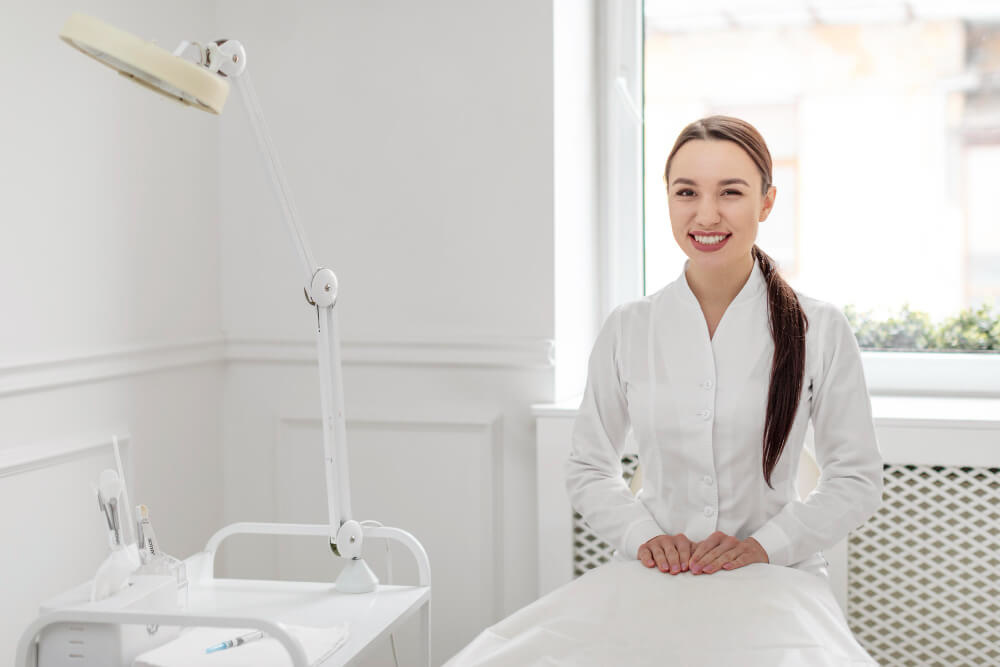
Should Flexibility and Mobility Be Included?
Absolutely. As we age, muscles and connective tissues can become tight, leading to a reduced range of motion, chronic aches, and an increased risk of injury. Neglecting flexibility and mobility is a common mistake that can derail even the most dedicated training program. These components are the essential maintenance work that keeps your body moving freely and without pain.
Flexibility refers to the ability of your muscles to lengthen, while mobility is the ability of your joints to move through their full, intended range of motion. Both are critical. Incorporating a dedicated routine of stretching, either after your workouts or on rest days, can help release muscle tension and improve flexibility.
Activities like yoga and Tai Chi are fantastic for developing both mobility and flexibility while also providing stress-reduction benefits. Even a simple 10-minute routine of dynamic stretches before a workout and static stretches after can make a world of difference. This focus on movement quality is a key part of smart exercise for men at every age, ensuring you can continue training safely and effectively for years to come.

What Else Can I Do to Support My Hormones?
Exercise is a powerful lever, but it’s part of a larger ecosystem of lifestyle habits that influence your hormonal health. To get the best results from your training, you need to support your efforts with proper nutrition, adequate sleep, and effective stress management. Think of these as the essential pillars that hold up your entire wellness structure.

How Does Nutrition Play a Role?
What you eat provides the raw materials your body needs to function, recover, and produce hormones. During andropause, a nutrient-dense diet is non-negotiable. Start by ensuring you’re consuming enough protein. Protein provides the amino acids necessary to repair and build the muscle you’re working so hard to stimulate in the gym. Aim for sources like lean meats, fish, eggs, and legumes with every meal.
Don’t fear fat. Healthy fats from sources like avocados, nuts, seeds, and olive oil are crucial for the production of testosterone and other steroid hormones. At the same time, focus on complex carbohydrates from vegetables, fruits, and whole grains to provide sustained energy for your workouts and daily life. It’s equally important to minimize or eliminate processed foods, sugary drinks, and excessive alcohol, as these can promote inflammation, lead to fat gain, and disrupt hormonal balance.
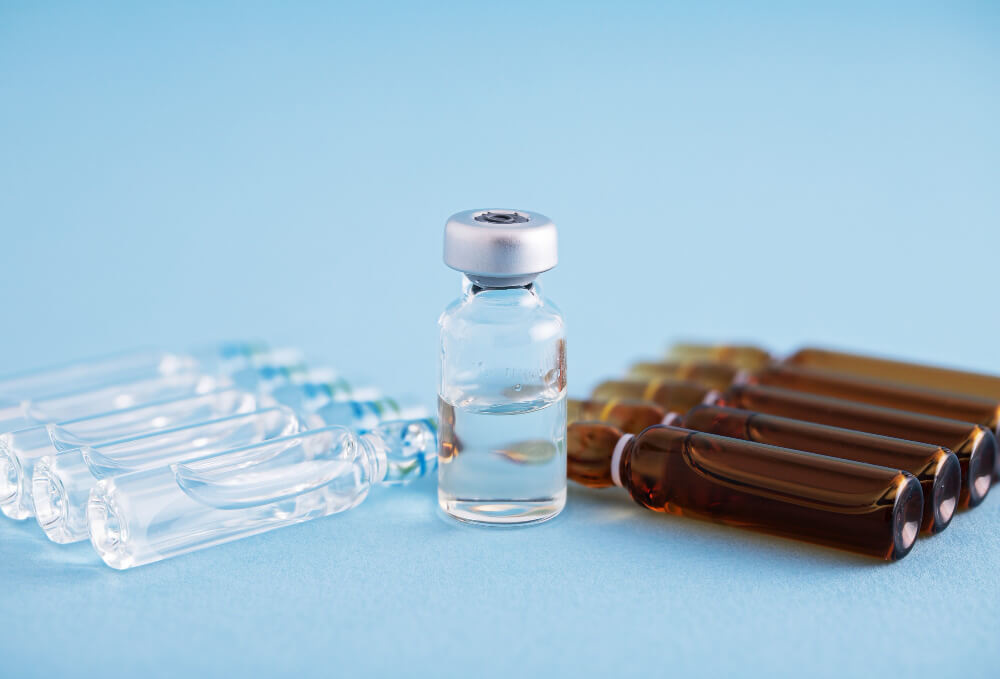
Is Sleep Really That Important?
Sleep is arguably the most underrated performance-enhancing tool available. It’s during deep sleep that your body undergoes most of its repair and recovery processes. This is when growth hormone is released, muscles are rebuilt, and your brain consolidates memories.
Crucially, a significant portion of your daily testosterone production occurs while you sleep. Consistently skimping on sleep, whether due to a busy schedule or poor sleep habits, can crush your testosterone levels. Chronic sleep deprivation also leads to elevated cortisol, creating a hormonal double-whammy that promotes muscle breakdown and fat storage. Aim for 7-9 hours of quality, uninterrupted sleep per night. Establishing a relaxing bedtime routine and optimizing your sleep environment can make a profound difference.

How Can I Manage Stress Effectively?
In our modern world, chronic stress is a constant reality for many. This state of persistent pressure keeps your body in a ‘fight or flight’ mode, characterized by high levels of cortisol. As mentioned, cortisol is catabolic, meaning it breaks down tissue, and it directly competes with testosterone production. You simply cannot have optimal testosterone levels when cortisol is chronically elevated.
Finding effective ways to manage stress is essential for your hormonal health and overall well-being. This doesn’t mean eliminating all stress, but rather developing resilience to it. Practices like mindfulness meditation, deep breathing exercises, spending time in nature, or engaging in hobbies you love can help shift your nervous system out of a stressed state. Think of stress management not as a luxury, but as a core component of your andropause training plan.
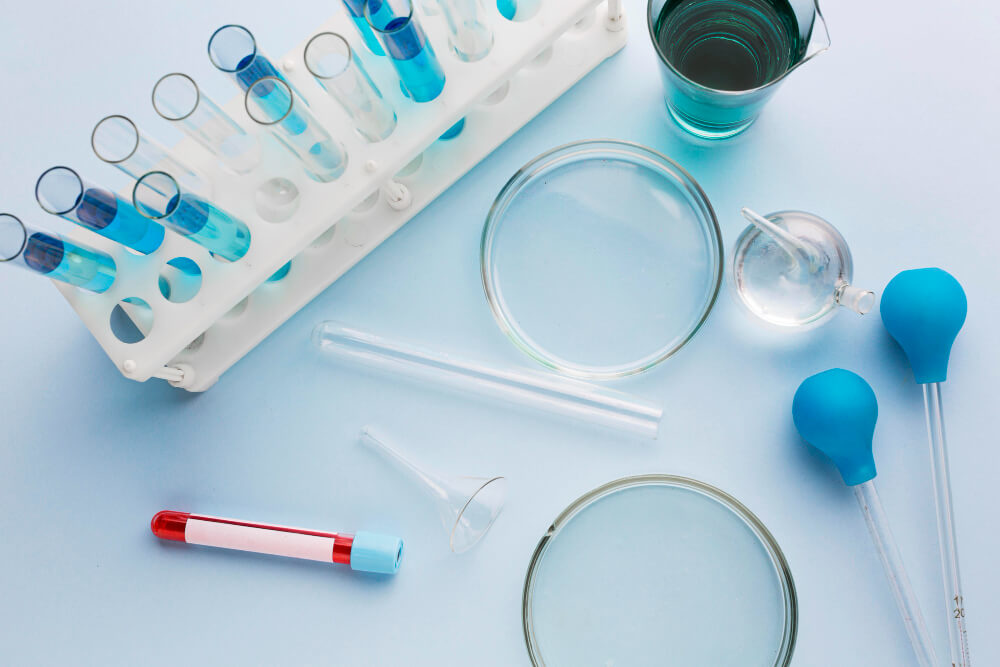
What If I Still Feel Like I’m Struggling?
For many men, a dedicated approach combining exercise, nutrition, sleep, and stress management provides significant relief from the symptoms of andropause. They feel stronger, more energetic, and more mentally sharp. However, for some, even with the best efforts, the underlying hormonal decline may be too significant to overcome with lifestyle changes alone.
If you’ve implemented these strategies consistently and still feel like you’re struggling with persistent fatigue, low mood, or a complete lack of progress, it may be time to seek professional medical guidance. A healthcare provider who specializes in hormone health or longevity medicine can perform comprehensive blood tests to get a clear picture of your hormonal status, including testosterone levels.
This is where treatments like Testosterone Replacement Therapy (TRT) might become a topic of conversation. TRT is a medical intervention designed to restore testosterone levels to a healthy, youthful range. It’s crucial to approach this option with a clear understanding of what it can achieve. A key part of the process involves managing patient expectations for TRT outcomes, as it is a powerful tool but not a magic bullet. It works best when combined with the healthy lifestyle habits discussed throughout this article.
Should you and your clinician decide that TRT is the right path, there are various administration methods available. The choice between injectable vs transdermal testosterone depends on factors like lifestyle, personal preference, and how your body responds, and is a decision best made with expert medical advice. Embracing this level of proactive health management represents a modern approach to aging. It’s about moving beyond simply treating symptoms as they arise and instead adopting a more holistic viewpoint. Understanding how to transition from conventional to longevity-focused care can empower you to work with your healthcare provider to create a comprehensive, forward-thinking plan for long-term health and vitality.
Andropause doesn’t have to be a period of decline. It can be a powerful catalyst for change, prompting you to take a more active and informed role in your own health. By embracing a strategic training program, optimizing your nutrition, prioritizing recovery, and seeking expert guidance when needed, you can effectively manage its symptoms. You can build a stronger, more resilient body and mind, ensuring that your best years are still ahead of you.
Frequently Asked Questions

Do all men on TRT need to take an aromatase inhibitor?
No, it is a common misconception that all men undergoing Testosterone Replacement Therapy require an aromatase inhibitor (AI). AIs are specifically prescribed for patients who experience symptoms of high estrogen, such as water retention or gynecomastia, which are confirmed by elevated estradiol levels in blood work. Many men can maintain a healthy testosterone-to-estrogen ratio through their TRT protocol alone without needing an additional medication.
The need for an AI is highly individual and often depends on factors like the TRT dosage, injection frequency, and body composition. The primary goal for clinicians is to optimize the testosterone protocol to prevent excessive aromatization in the first place. Therefore, an AI should be considered a secondary tool used only when necessary, not a standard component of every TRT regimen.
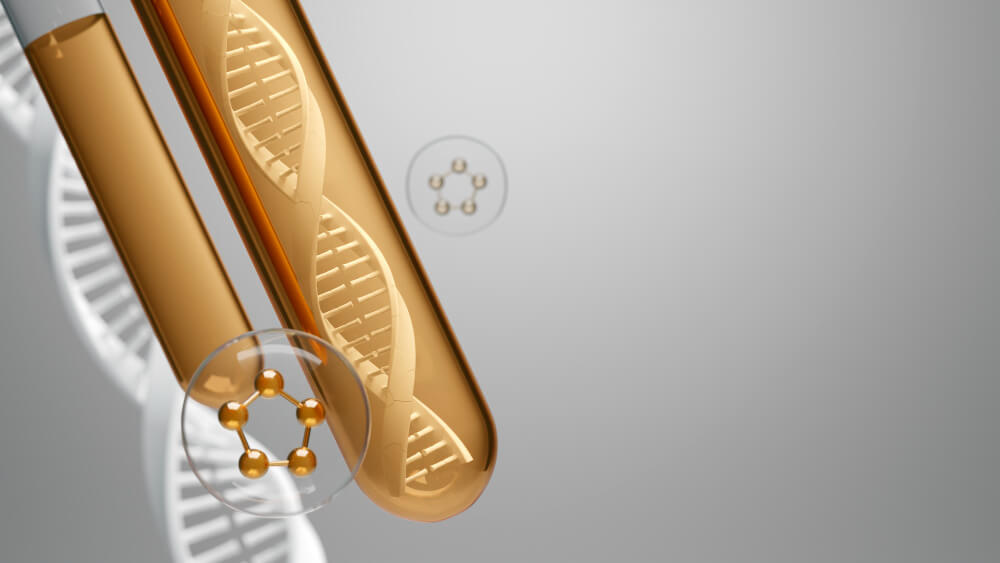
Are there alternatives to using aromatase inhibitors for managing high estrogen on TRT?
Yes, the most effective alternative to using an AI is to adjust the TRT protocol itself. By increasing the frequency of testosterone injections (e.g., from once every two weeks to twice weekly), patients can achieve more stable blood serum levels, which minimizes the sharp hormonal spikes that lead to increased estrogen conversion. In many cases, simply optimizing the dose and frequency can effectively control estradiol without the need for an AI.
Beyond protocol adjustments, lifestyle modifications can also significantly impact estrogen levels. Since body fat is a primary site of aromatization, losing excess weight can naturally lower estrogen production. Limiting alcohol consumption and ensuring adequate dietary zinc intake are other supportive measures that can help maintain a healthy hormonal balance while on TRT.
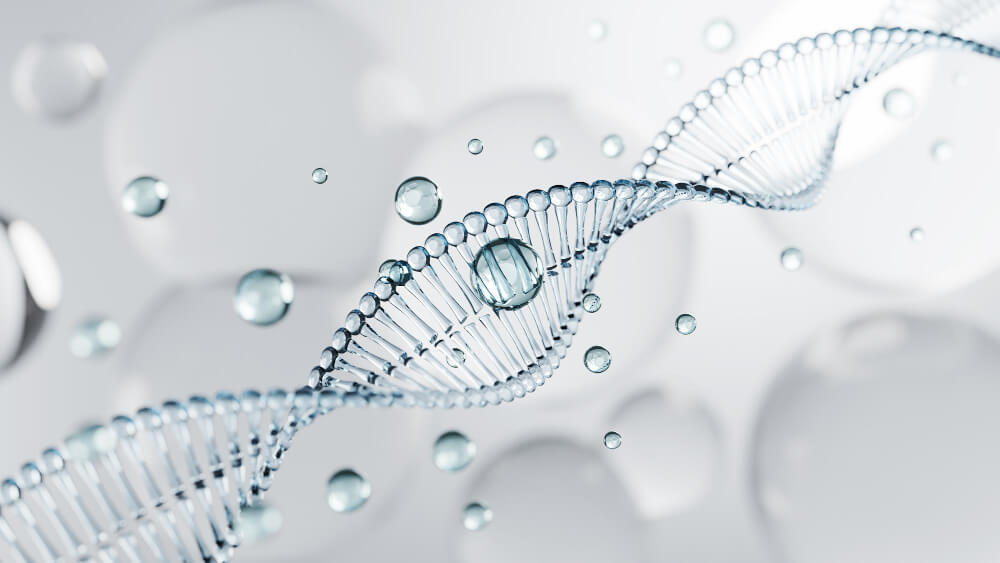
What are the signs of ‘crashed’ estrogen from an AI, and how is it corrected?
The signs of overly suppressed, or "crashed," estrogen can be severe and significantly impact quality of life. Common symptoms include painful or cracking joints, a complete loss of libido, erectile dysfunction, heightened anxiety, brain fog, and profound fatigue. These symptoms occur because a certain level of estrogen is essential for male health, playing a key role in mood, cognitive function, and cardiovascular and bone health.
Correcting crashed estrogen requires immediately discontinuing the aromatase inhibitor to allow the body to resume converting testosterone to estrogen. The physician will then re-evaluate the need for an AI and will likely adjust the TRT protocol to better manage estrogen levels naturally. Recovery can take several days or weeks, and future AI use, if deemed necessary at all, would be at a much lower and more carefully monitored dose.
Are you ready to take control of your health and master the art of aging well? Discover the most comprehensive functional medicine training, longevity training, and biohacking certification programs designed specifically for healthcare professionals, medics, and clinic owners who want to master regenerative medicine protocols and anti-aging therapies.

